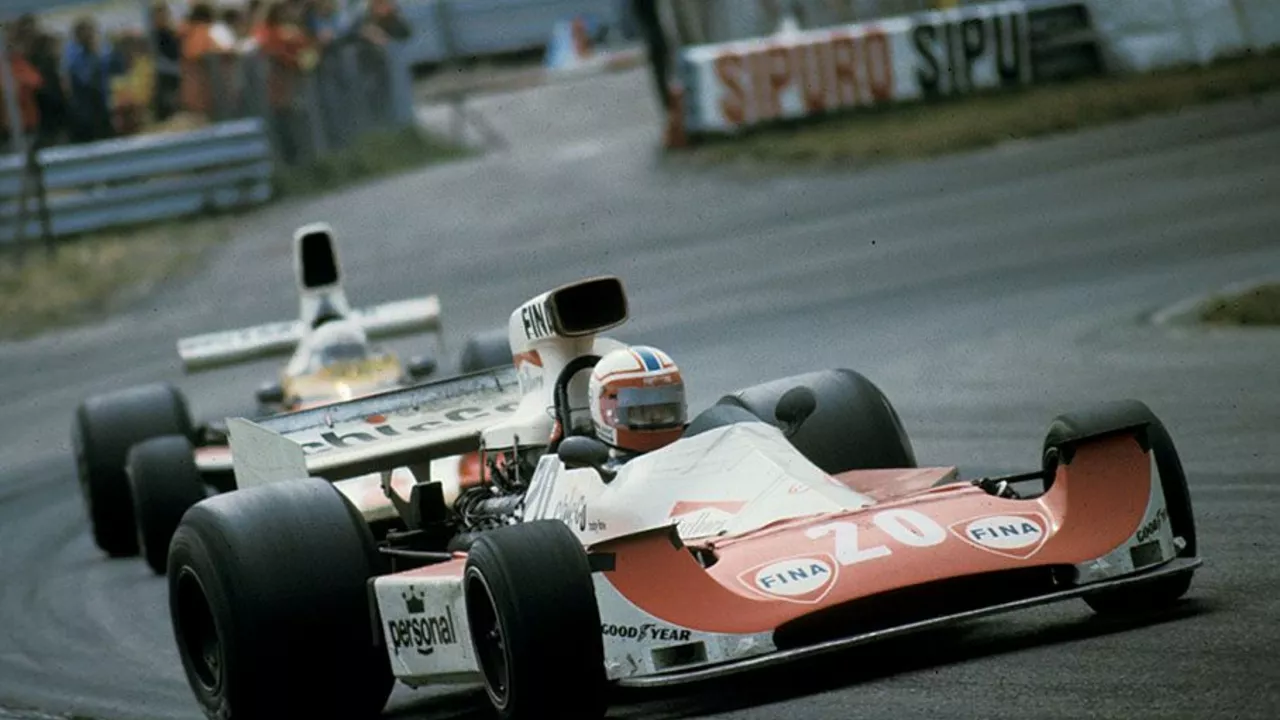How would an Indy Car fare against a F1 car on an F1 circuit?
19 Jul, 2023Understanding the Differences: IndyCar vs. F1 Car
When it comes to the world of motor racing, two names often stand out above the rest: Formula 1 (F1) and IndyCar. These two racing series are the most prestigious in the world, and while they may seem similar to the untrained eye, they are actually quite different in terms of the design of the cars, the nature of the tracks, and the style of racing.
Formula 1 cars are renowned for their technological sophistication, superior speed, and aerodynamic efficiency. They're packed with cutting-edge technology and are designed for tight, twisty circuits. IndyCar, on the other hand, is a North American-based series where the cars are not as technologically advanced but are built for a wider variety of tracks, including ovals, road courses, and street circuits.
Performance Comparison: Speed and Handling
The first thing we need to look at when comparing an F1 car and an IndyCar on an F1 circuit is speed and handling. F1 cars are lighter and more aerodynamically efficient than IndyCars, which gives them an edge in terms of top speed and cornering ability. They're designed to go very fast in a straight line, and then slow down quickly and accurately for corners before accelerating out again.
IndyCars, on the other hand, are built for a greater variety of track types, and as a result, they're not quite as nimble on the tight, twisty circuits that are common in F1. They are heavier and have less downforce, which means they can't corner as quickly or accelerate out of turns as rapidly as an F1 car.
Engine and Power: An Intriguing Battle
Another significant difference between the two types of cars is the engine. F1 cars use hybrid power units that combine a 1.6-litre V6 turbocharged engine with an Energy Recovery System (ERS). This setup generates around 1000 horsepower, which gives F1 cars incredible acceleration and top speeds of up to 230 mph.
In comparison, IndyCars use a 2.2-litre twin-turbocharged V6 engine that produces around 700 horsepower. While this is less than the power produced by an F1 car, it's still more than enough to give IndyCars top speeds of over 220 mph. However, the lack of hybrid technology in IndyCars means they lack the instant power delivery and energy recovery capabilities of F1 cars.
Driver Skills: How They Might Influence the Outcome
While the cars themselves are a critical factor, we mustn't overlook the role of the drivers in this comparison. F1 drivers are arguably the best drivers in the world, with the skills and experience to extract the maximum performance from their sophisticated machines.
IndyCar drivers, while also highly skilled, are accustomed to a different style of racing. They're used to dealing with heavier cars that don't have as much downforce, and they're used to racing on a wider variety of tracks, including ovals. This could potentially put them at a disadvantage on an F1 circuit, which requires precision driving and a deep understanding of the car's complex aerodynamics and hybrid power systems.
Final Verdict: Who Would Come Out on Top?
So, who would come out on top if an IndyCar raced against an F1 car on an F1 circuit? Based on the differences in car design, engine technology, and driver skills, it's likely that the F1 car would have the edge. The superior speed, handling, and technological sophistication of the F1 car, combined with the skill and experience of the F1 driver, would probably be too much for the IndyCar to overcome.
However, this doesn't mean that IndyCars are inferior to F1 cars. They're simply different, designed for a different style of racing and a different type of track. And who knows? With the right driver and the right circumstances, anything is possible in the world of motor racing.

 by
by